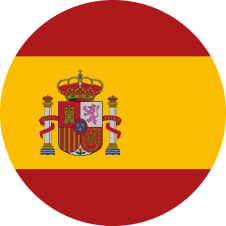EN
- Home
- Promotions
- ProductEdit ContentEdit ContentEdit ContentEdit Content
- Blog
- Installations
- TechZone
- SAT
- Documentation
- About us
- Contact
Edit Content
EN
- Home
- Promotions
- ProductEdit ContentEdit ContentEdit ContentEdit Content
- Blog
- Installations
- TechZone
- SAT
- Documentation
- About us
- Contact








